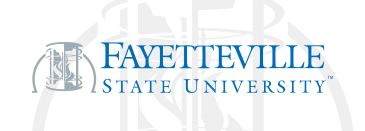Increased prevalence of indoor: Aspergillus and Penicillium species is associated with indoor flooding and coastal proximity: A case study of 28 moldy buildings
Document Type
Article
Publication Date
11-1-2021
Abstract
Indoor flooding is a leading contributor to indoor dampness and the associated mold infestations in the coastal United States. Whether the prevalent mold genera that infest the coastal flood-prone buildings are different from those not flood-prone is unknown. In the current case study of 28 mold-infested buildings across the U.S. east coast, we surprisingly noted a trend of higher prevalence of indoor Aspergillus and Penicillium genera (denoted here as Asp-Pen) in buildings with previous flooding history. Hence, we sought to determine the possibility of a potential statistically significant association between indoor Asp-Pen prevalence and three building-related variables: (i) indoor flooding history, (ii) geographical location, and (iii) the building's use (residential versus non-residential). Culturable spores and hyphal fragments in indoor air were collected using the settle-plate method, and corresponding genera were confirmed using phylogenetic analysis of their ITS sequence (the fungal barcode). Analysis of variance (ANOVA) using Generalized linear model procedure (GLM) showed that Asp-Pen prevalence is significantly associated with indoor flooding as well as coastal proximity. To address the small sample size, a multivariate decision tree analysis was conducted, which ranked indoor flooding history as the strongest determinant of Asp-Pen prevalence, followed by geographical location and the building's use. This journal is
Recommended Citation
Omebeyinje, Mayomi H.; Adeluyi, Adewale; Mitra, Chandrani; Chakraborty, Paramita; Gandee, Gregory M.; Patel, Nalit; Verghese, Bindhu; Farrance, Christine E.; Hull, Matthew; Basu, Paramita; Lee, Kwonmoo; Adhikari, Atin; Adivar, Burcu; Horney, Jennifer A.; and Chanda, Anindya, "Increased prevalence of indoor: Aspergillus and Penicillium species is associated with indoor flooding and coastal proximity: A case study of 28 moldy buildings" (2021). College of Health, Science, and Technology. 849.
https://digitalcommons.uncfsu.edu/college_health_science_technology/849


